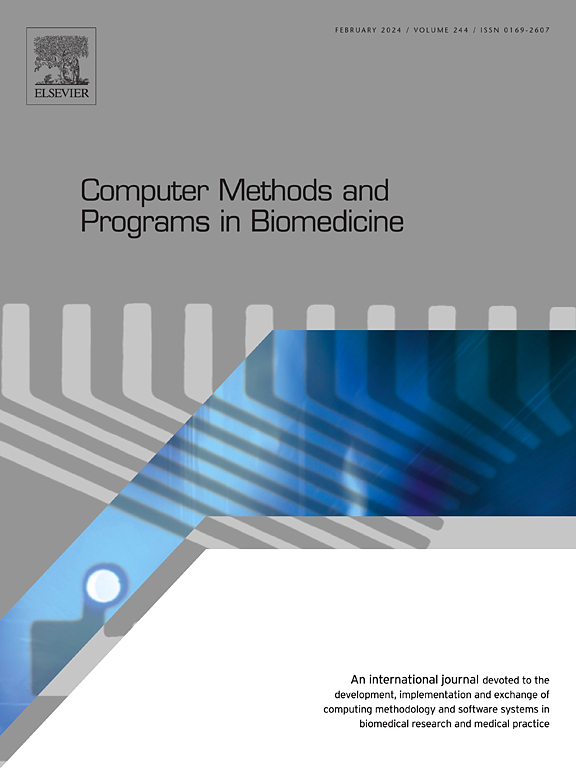Light scattering imaging modal expansion cytometry for label-free single-cell analysis with deep learning
IF 4.9
2区 医学
Q1 COMPUTER SCIENCE, INTERDISCIPLINARY APPLICATIONS
引用次数: 0
Abstract
Background and Objective
Single-cell imaging plays a key role in various fields, including drug development, disease diagnosis, and personalized medicine. To obtain multi-modal information from a single-cell image, especially for label-free cells, this study develops modal expansion cytometry for label-free single-cell analysis.
Methods
The study utilizes a deep learning-based architecture to expand single-mode light scattering images into multi-modality images, including bright-field (non-fluorescent) and fluorescence images, for label-free single-cell analysis. By combining adversarial loss, L1 distance loss, and VGG perceptual loss, a new network optimization method is proposed. The effectiveness of this method is verified by experiments on simulated images, standard spheres of different sizes, and multiple cell types (such as cervical cancer and leukemia cells). Additionally, the capability of this method in single-cell analysis is assessed through multi-modal cell classification experiments, such as cervical cancer subtypes.
Results
This is demonstrated by using both cervical cancer cells and leukemia cells. The expanded bright-field and fluorescence images derived from the light scattering images align closely with those obtained through conventional microscopy, showing a contour ratio near 1 for both the whole cell and its nucleus. Using machine learning, the subtyping of cervical cancer cells achieved 92.85 % accuracy with the modal expansion images, which represents an improvement of nearly 20 % over single-mode light scattering images.
Conclusions
This study demonstrates the light scattering imaging modal expansion cytometry with deep learning has the capability to expand the single-mode light scattering image into the artificial multimodal images of label-free single cells, which not only provides the visualization of cells but also helps for the cell classification, showing great potential in the field of single-cell analysis such as cancer cell diagnosis.
求助全文
约1分钟内获得全文
求助全文
来源期刊

Computer methods and programs in biomedicine
工程技术-工程:生物医学
CiteScore
12.30
自引率
6.60%
发文量
601
审稿时长
135 days
期刊介绍:
To encourage the development of formal computing methods, and their application in biomedical research and medical practice, by illustration of fundamental principles in biomedical informatics research; to stimulate basic research into application software design; to report the state of research of biomedical information processing projects; to report new computer methodologies applied in biomedical areas; the eventual distribution of demonstrable software to avoid duplication of effort; to provide a forum for discussion and improvement of existing software; to optimize contact between national organizations and regional user groups by promoting an international exchange of information on formal methods, standards and software in biomedicine.
Computer Methods and Programs in Biomedicine covers computing methodology and software systems derived from computing science for implementation in all aspects of biomedical research and medical practice. It is designed to serve: biochemists; biologists; geneticists; immunologists; neuroscientists; pharmacologists; toxicologists; clinicians; epidemiologists; psychiatrists; psychologists; cardiologists; chemists; (radio)physicists; computer scientists; programmers and systems analysts; biomedical, clinical, electrical and other engineers; teachers of medical informatics and users of educational software.
 求助内容:
求助内容: 应助结果提醒方式:
应助结果提醒方式:


